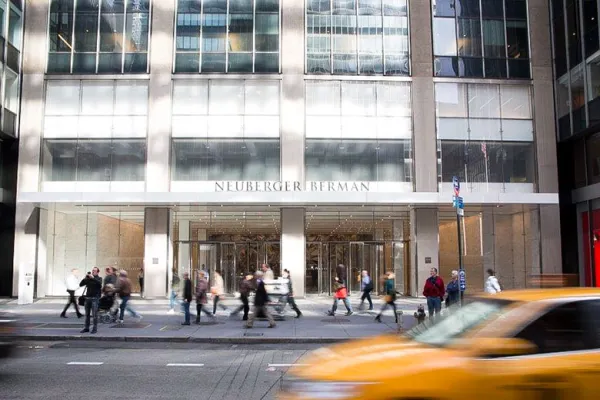America’s pension system still trails global leaders in key measures of adequacy, sustainability, and governance, according to Mercer and the CFA Institute’s 17th annual Global Pension Index.
The retirement systems of the Netherlands, Iceland, Denmark, and Israel all retained their A grade in 2025, according to the index, Singapore rose to the A ranks for the first time, becoming the only country in Asia to achieve the rating.
However, while the U.S. performs relatively well in terms of retirement savings levels, it falls short in areas like funding, resilience to economic stress, and regulatory integrity, said Christine Mahoney, Mercer’s global defined benefit/defined contribution leader.
The U.S. retirement system currently “ranks in the middle of the pack” globally, Mahoney told Institutional Investor on Wednesday, getting a C+ rating from Mercer and the CFA Institute.
One of the biggest challenges in the U.S. is coverage and participation. While roughly 70 percent of workers have access to retirement plans, only about half actually participate.
“That leaves out a whole chunk of workers,” especially low-wage and intermittent workers who often receive “very low” minimum benefits, Mahoney noted. Additionally, workers in the middle- and lower-income brackets tend to contribute less, which further compounds the retirement insecurity issue.
Changes are underway. Recent policy efforts aim to address these gaps. The legislation mandates automatic enrollment in retirement plans, with an option to opt out, and introduces auto-escalation features to gradually increase contributions. These changes are designed to improve overall savings rates and long-term adequacy.
However, as baby boomers enter what Mahoney describes as “the decumulation phase” (drawing down their retirement savings), there’s a growing need for products that help retirees manage their spending effectively. The goal is “not just to get a better grade but provide better financial security for retirees.”
More governments are trying to tap into their growing pools of pension fund assets to advance national priorities as global uncertainty persists. Mercer and CFA’s index show that these efforts can trigger unintended consequences, no matter how well-intentioned. It also explains how governments can better balance the interests of private pension plan participants with broader policy goals.
Significant Improvements in Singapore
Globally, “Singapore had significant improvement in integrity” and earned its first A rating as a result. Specifically, the country saw major improvements in regulatory integrity, communication, and transparency, and clarified many of its existing practices.
Mahoney explained that Singapore’s “adequacy and sustainability were [already] B-pluses,” but its “integrity ramped” enough to push it over the line.
The Netherlands offered another strong example, making a deliberate move from a traditional DB environment to DC over several years while maintaining robust protections for retirees.
Enormous Potential with Just a Few Tweaks
Still, Mercer thinks there’s hope for the U.S. with some simple changes.
With roughly $26 trillion in defined contribution assets, the U.S. system has enormous potential to rise amongst the ranks. And according to Mahoney, achieving a higher rating doesn’t require a massive overhaul — just focused improvements.
Some of the most impactful and low-cost changes include establishing a minimum Social Security benefit, expanding auto-enrollment across private pensions, adding auto-escalation features, and integrating income stream products into DC plans. Mahoney suggested that these key things could significantly improve retirement outcomes without requiring major government spending.
“It is a fantastic system with a ton of pluses. Some of these tweaks we could do are not even that expensive,” she said. “It does not take a massive overhaul.”
Mahoney added: “An A would be hard, but maybe with a little bit of focus, a B+” could be achieved.







